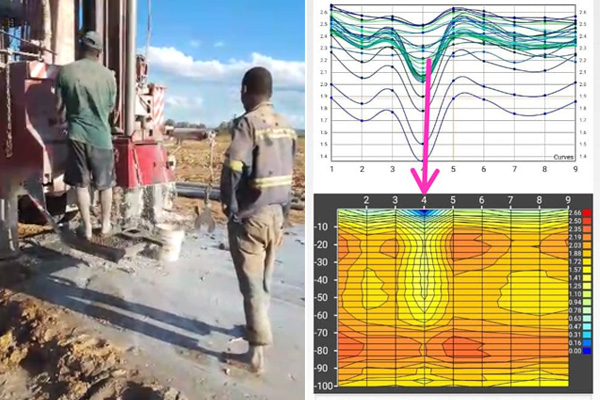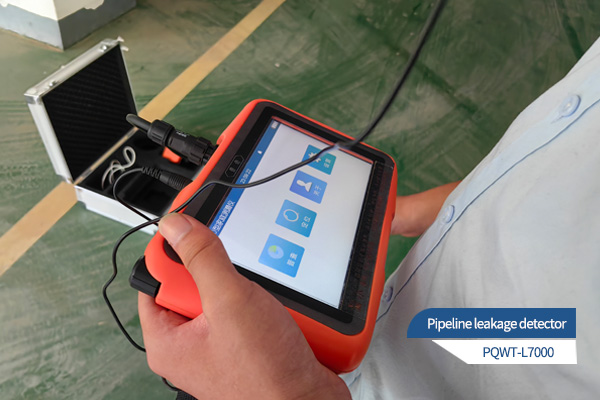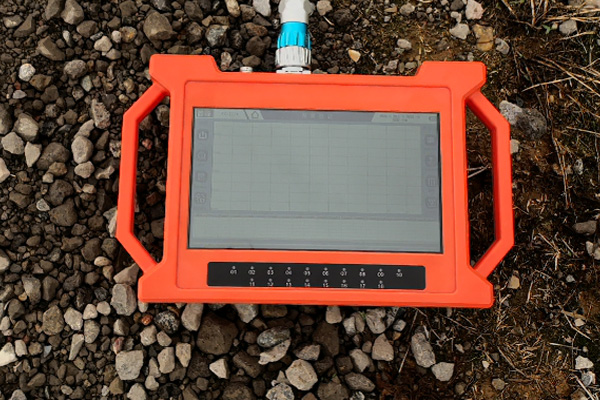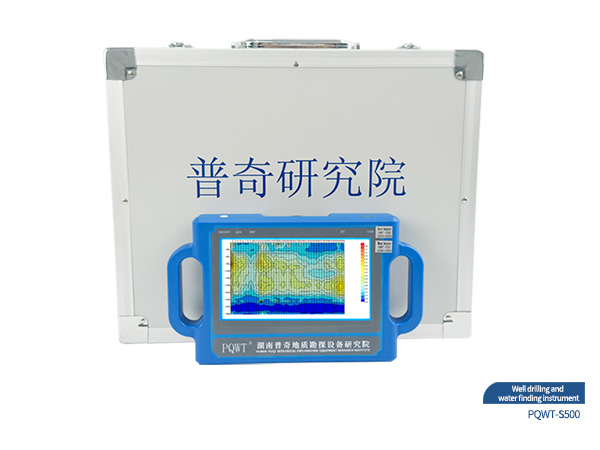Underneath the city, criss-crossed by dense water pipes, they are like the "blood vessels" of the city, transporting the source of life - water to thousands of households. However, due to long-term use, aging, external damage, etc., these water pipes will leak from time to time. Water leakage not only causes a lot of waste of water resources, but can also cause serious consequences such as ground collapse and building damage. Therefore, it is important to detect the leakage point of the underground water pipe in a timely and accurate manner. Puqi underground water pipe leakage detector, as a professional detection equipment, plays an important role in this regard, how does it achieve accurate detection? Let's take a look at how it works.
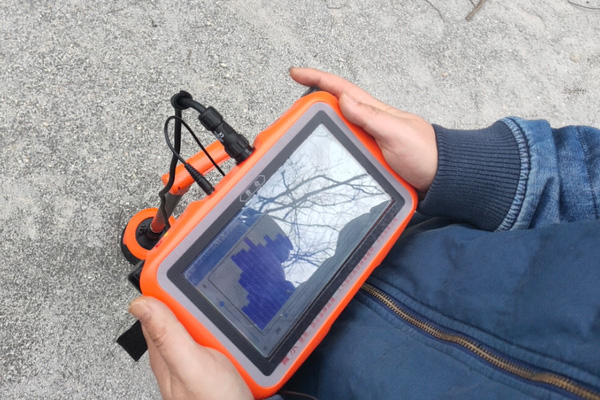
The core working principle of the Puqi Underground Water Pipe Leakage Detector is based on the acquisition and analysis of sound signals. When there is a leak in the water pipe, the high-pressure water jet out of the broken area, rubbing and colliding with the pipe wall and the surrounding medium (such as soil, rock, etc.), will produce a specific frequency of sound and vibration signals. These signals act like "little messengers" that travel around the pipes and the surrounding medium.
In order to capture these weak signals, the Pucci Water Leak Detector is equipped with multiple highly sensitive sensors. These sensors act like sharp "little ears" that can accurately sense the sound signals emitted by water leaks. Different types of sensors are suitable for different detection environments, such as in noisy city streets, where sensors with strong anti-interference capabilities are required; In confined spaces, sensors that are compact and easy to operate are required. The wide variety of sensor configurations of the Pucci detector ensures accurate signal acquisition in a variety of complex environments.
The sensor transmits the collected water leakage sound signal to the main unit. The host computer is like the "brain" of the detector, with advanced signal processing algorithms built-in. These algorithms perform a series of complex processing of the signal, converting the acquired sound signal into a visual spectrum and signal column, which is clearly displayed on the host screen. At the same time, the sound signal will also be output to the headset through the host computer for real-time monitoring by the inspectors. The inspector comprehensively determines the location of the water leakage point by "listening" to the sound in the headphones and "looking" at the spectrum and signal column on the screen.
In the actual detection process, the Puqi underground water pipe leakage detector usually adopts two modes: general investigation and positioning. In the census mode, the instrument can quickly scan a large area, collect signals from multiple points, and compare the signal columns. In this way, it is possible to preliminarily identify the area of suspected water leakage. It's like using radar to search a large area in a vast sea area and lock on to areas where targets may exist.
Once the suspected leak area has been identified, it enters location mode. In location mode, the instrument further amplifies the signal in the suspicious area to help inspectors pinpoint the leak. At this time, the inspector can observe the changes of the spectrum and signal column in more detail, and when the spectrum remains high, and the suspected water leakage sound is heard in the earphone that is obviously different from other locations, the area can basically be judged to be a water leakage point. This double locking method greatly improves the accuracy and efficiency of the location of the water leakage point, just like using high-precision sonar equipment to accurately locate the target in the locked sea area.
In a practical case, in an old community, residents reported that the water pressure in their homes was unstable, and the downstairs neighbors found signs of water seepage on the ceiling. Inspectors came to the scene with a Pucci underground water pipe leakage detector. First, they used the census model to place sensors on the ground at intervals along the water supply pipes in the community for signal collection. By comparing the signal columns at each point, an area with abnormal signals was quickly discovered. Then, switch to location mode for more detailed detection of the suspicious area. After some careful investigation, the leakage point was finally accurately found, and it turned out that a section of water pipe had cracks due to aging. The maintenance personnel quickly repaired the leakage point and successfully solved the residents' problems.
With its working principle based on sound signal acquisition and analysis, as well as the detection mode combining census and positioning, Puqi underground water pipe leakage detector plays an important role in the field of underground water pipe leakage detection, which provides strong support for timely detection and repair of water leakage problems and ensuring the normal operation of urban water supply system. Whether it is the maintenance of urban water supply pipelines or the detection of water pipes within the community, the Pucci water leakage detector can show its skills and become the right-hand man of the inspectors, guarding the smooth flow of the city's "water veins".





